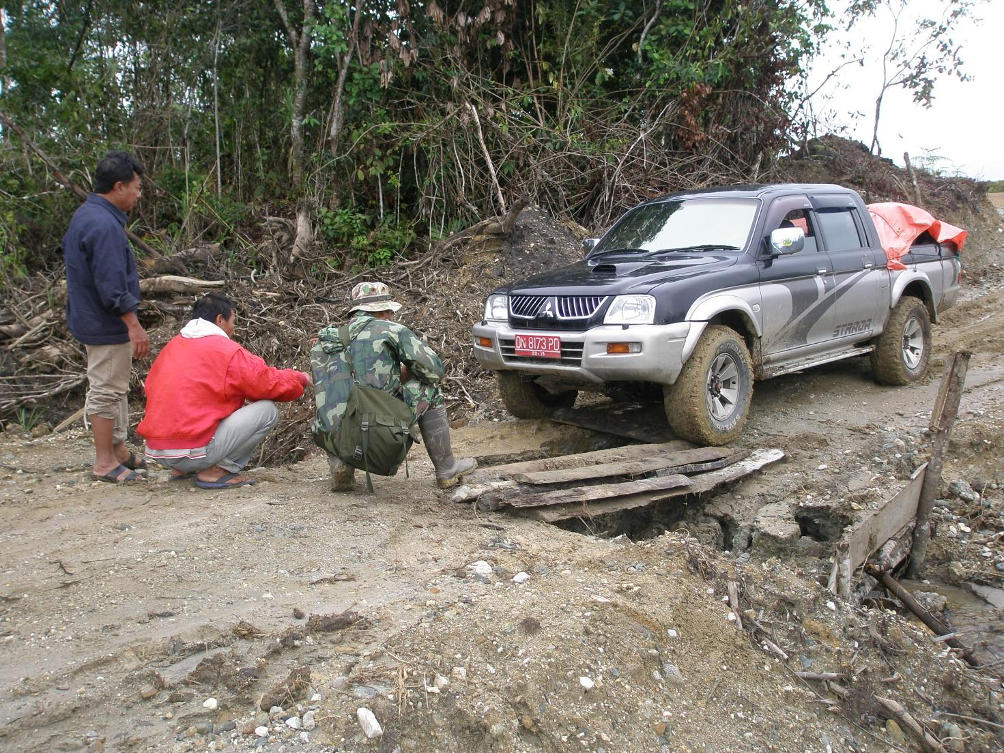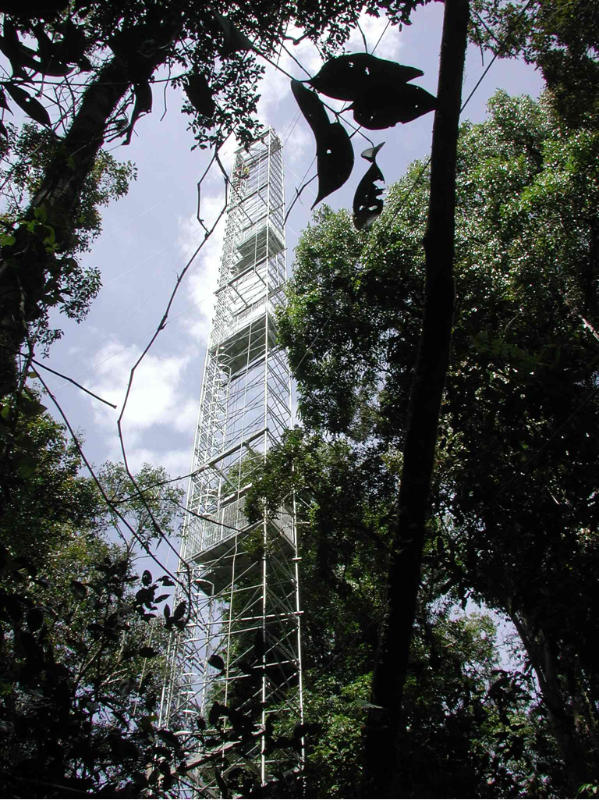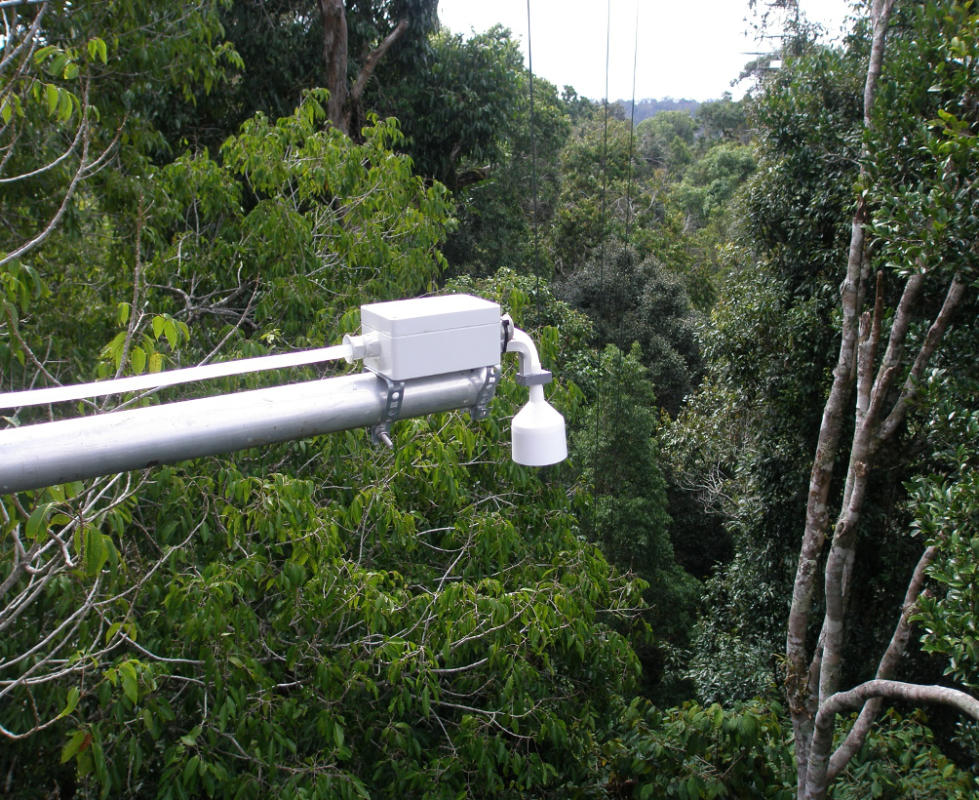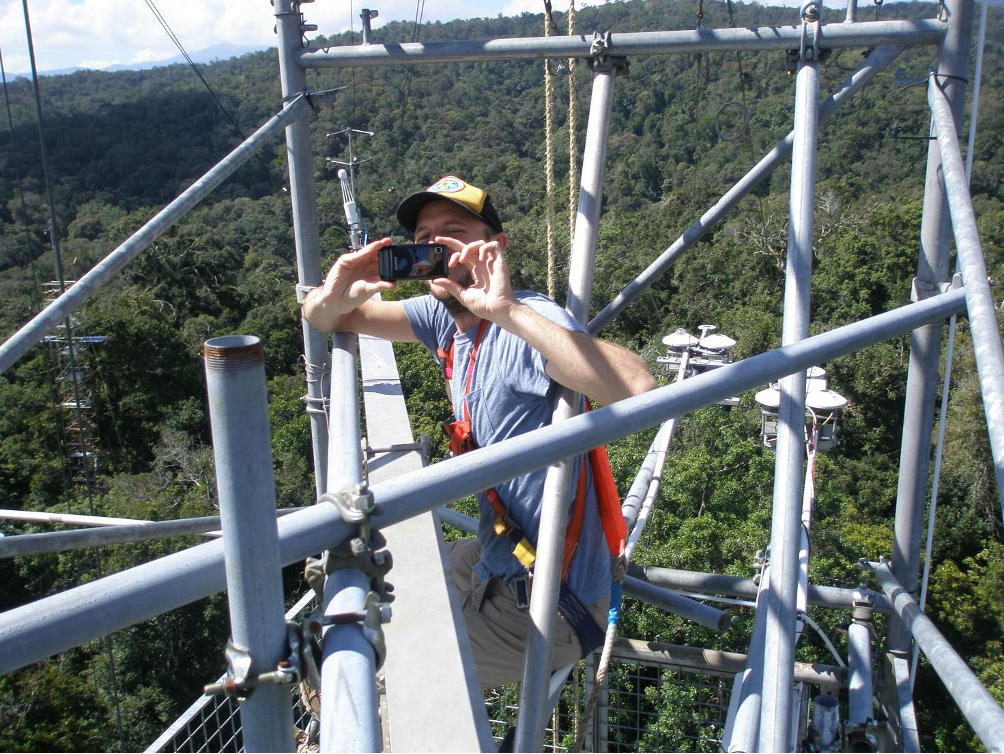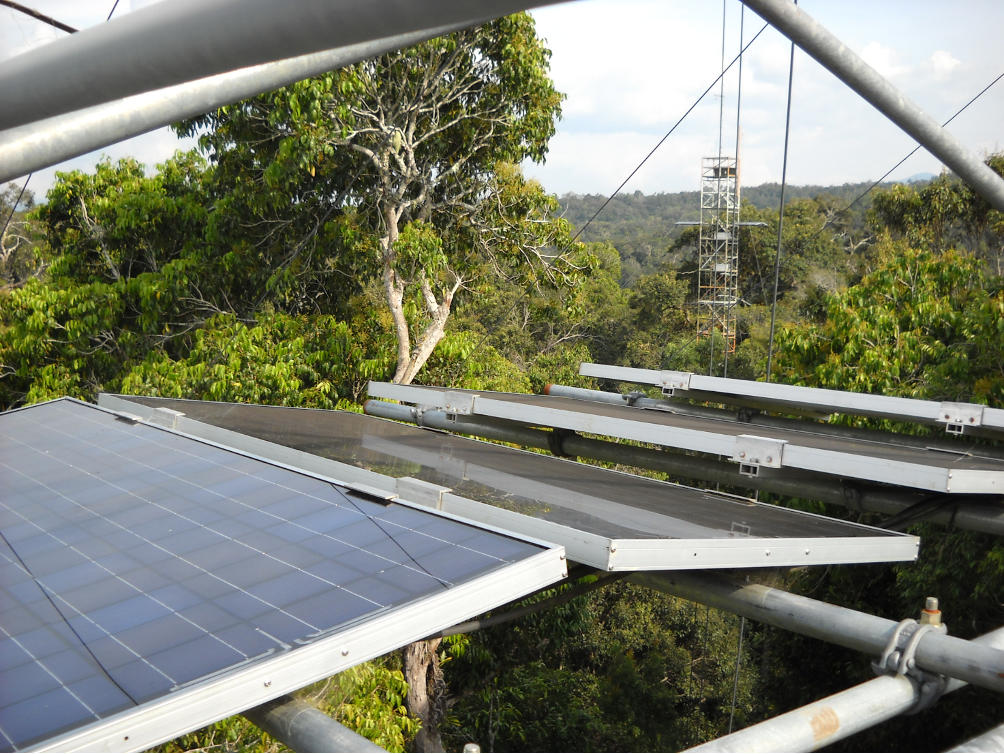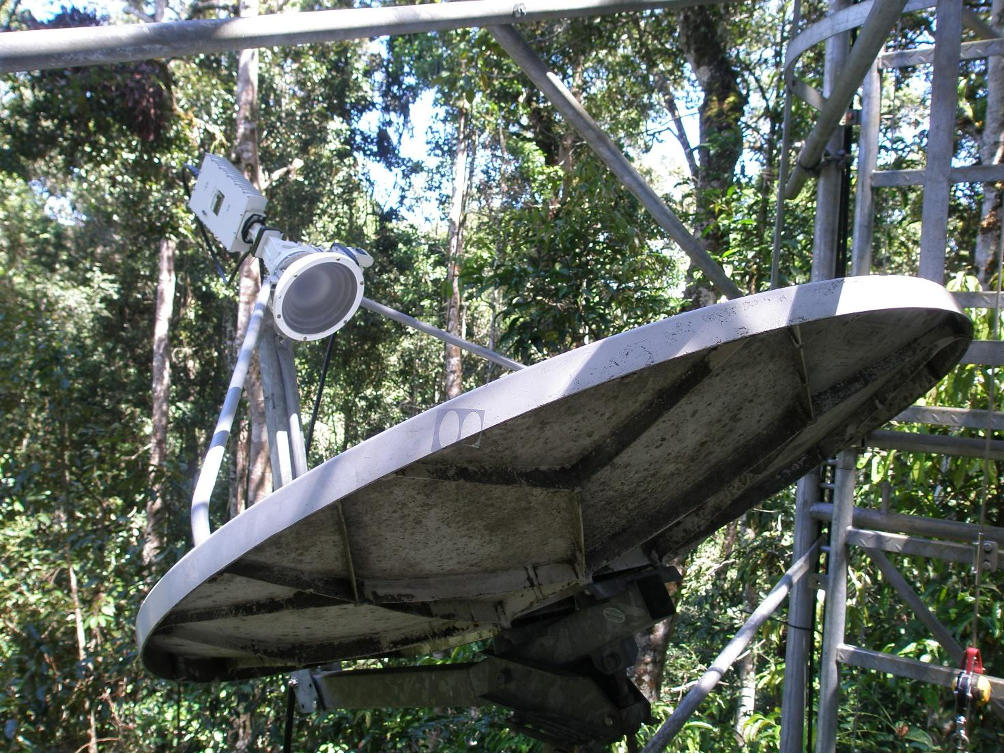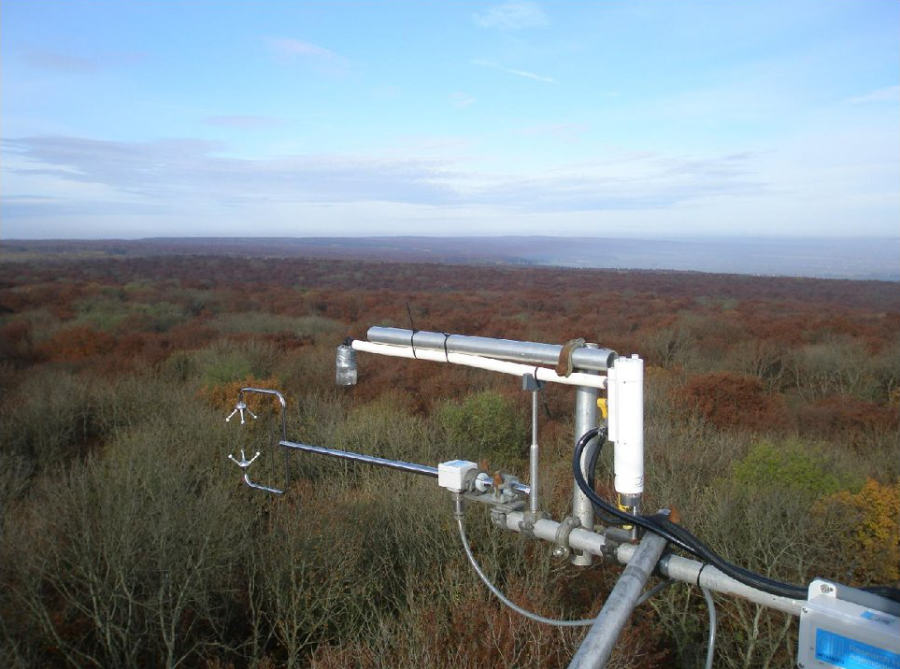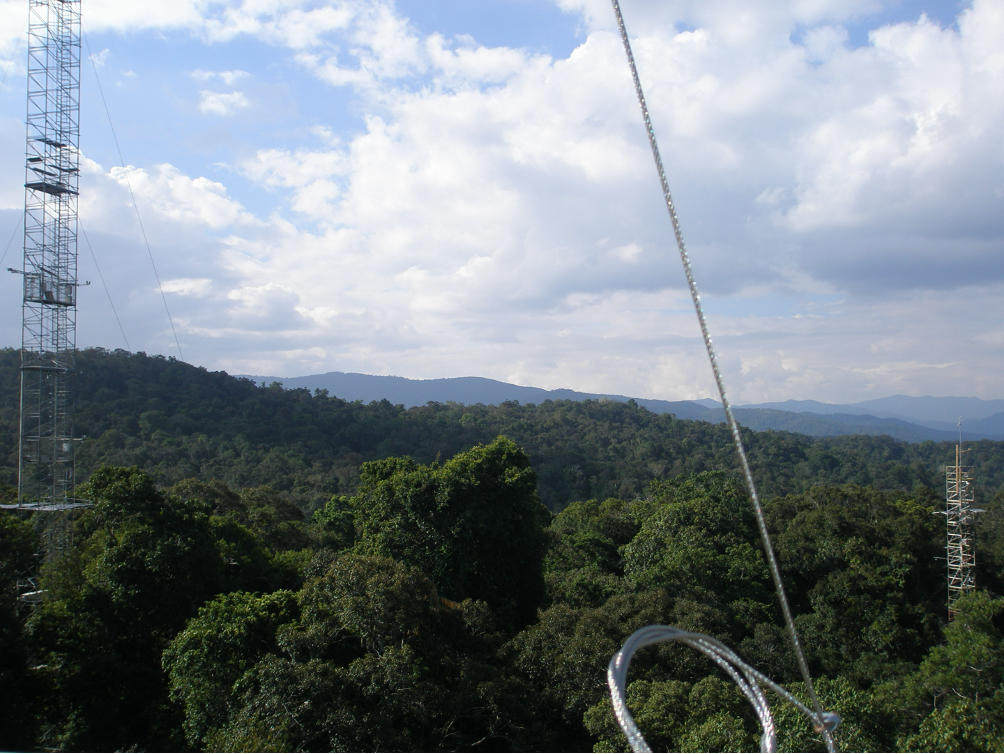Scientific life
The scientific task was to identify and investigate by field measurements and modelling approaches atmospheric trace substances and their fluxes within the atmosphere especially at its boundaries. I could experience the growing field of air-chemistrye as part of atmospheric sciences. Atmospheric chemistry is basic for understanding air pollution and climate change. The fluxes of trace substances into and out of the atmosphere are important to know and understand their effects. My first basic scientific steps were influenced by ideas of Mike Corrin at Colorado State University to increase rain formation by cloud seeding with modified artificial ice nuclei. These interactions of atmospheric particles with clouds and rain were enlarged in the following years mainly at Goethe University of Frankfurt/Main and at Georg – August University, Göttingen. Fluxes of reactive trace gases and airborne particles between the ocean and the atmosphere, between forests and the atmosphere and in other surroundings were measureed and intrpretated to evaluated their influence on air compositions and ecosystems.
Field campains over the oceans and in rural sites were perormed to quantify fluxes of gases like CO2, H2O, NOx, NH3 and SO2 and of size separated particles. For investigating the interface of forests and the atmosphere often scaffolding towers reaching well into the lower atmosphere were used as platforms to resolve small concentration differences within the turbulent atmosphere – vegetation interface to determine fluxes of atmosperic trace substances.
